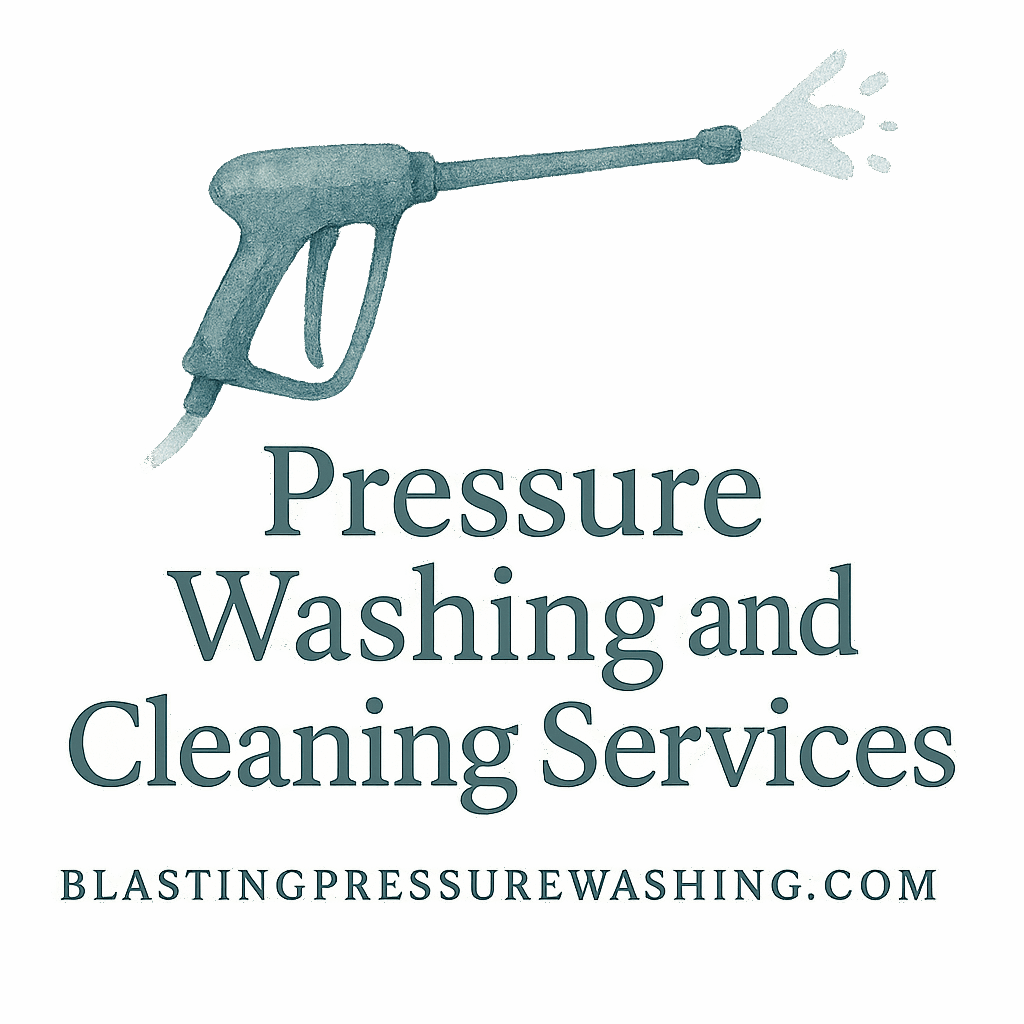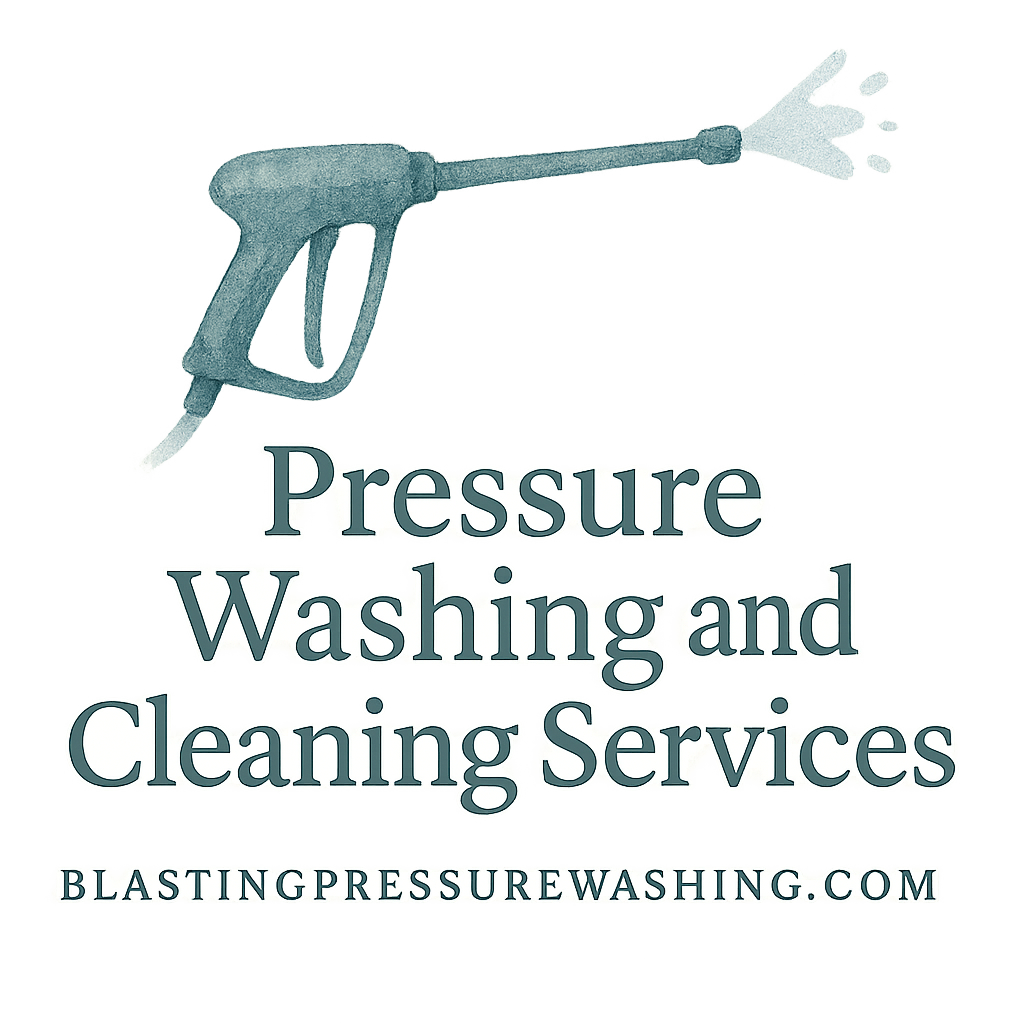When you see a professional pressure washing technician in action, it’s not just about blasting water—there’s a full toolbox behind the scenes making those sparkling surfaces possible. Whether it’s for residential or commercial pressure washing, having the right gear makes all the difference.
So, what tools are a must-have? Let’s break it all down in this no-fluff guide to the 10 essential tools every pressure washing technician uses to get the job done efficiently and safely.
Why the Right Tools Matter in Pressure Washing
Safety, Efficiency, and Professional Results
Pressure washing isn’t just about force—it’s about finesse. Using the right equipment ensures technicians can work safely, complete tasks faster, and produce cleaner, more impressive results. Plus, some tools are built specifically for different types of surfaces, seasons, and cleaning agents—like those found in eco-friendly pressure washing techniques.
Tool #1: Commercial-Grade Pressure Washer
This is the heart of every technician’s arsenal. Residential washers might get the job done for a quick patio rinse, but professionals need serious muscle.
Gas vs. Electric Models
Gas-powered models pack more punch, making them ideal for outdoor jobs. Electric models? They’re quieter and cleaner, but not nearly as powerful. Most pros stick to gas.
PSI and GPM Ratings
PSI (pounds per square inch) tells you how much pressure you’ve got. GPM (gallons per minute) shows water flow. High PSI cleans deeply, while high GPM rinses faster. A good unit balances both for ultimate cleaning power.
Need a solid example? You’ll find top-tier washers used in both residential and commercial projects.
Tool #2: Surface Cleaners
Perfect for Flat Surfaces
Think driveways, patios, sidewalks—surface cleaners are like oversized floor buffers that spin jets of water to clean large areas evenly.
When to Use a Surface Cleaner
If you’ve ever tried to clean a driveway with a regular nozzle, you know how streaky and time-consuming it can be. Surface cleaners deliver even results—fast.
They’re a top pick among pros and often make appearances in seasonal cleaning tips thanks to their efficiency.
Tool #3: Turbo Nozzles
Adding Power and Precision
Turbo nozzles rotate a narrow stream of water in a circular motion, adding pressure and speed to tough jobs. They’re amazing for chewing through grime on concrete, brick, and stone. If a stain won’t budge, the turbo nozzle usually wins.
Tool #4: Extension Wands
Reaching High and Awkward Areas
Second-story siding? Gutter buildup? An extension wand keeps you off the ladder and still gets the job done. Pair it with adjustable nozzles, and you can hit hard-to-reach areas without risking your neck.
It’s essential for cleaning the home exterior—especially on multi-level buildings. Homeowners love this solution for safe, ladder-free cleaning.
Tool #5: Hose Reels
Storage, Safety, and Speed
Ever tripped over a tangled pressure hose? Yeah, it’s not fun. Hose reels keep things neat, reduce tripping hazards, and help you roll up and move out quickly. Technicians love them because they save time and frustration on every job.
Tool #6: Water Brooms
A Game Changer for Driveways
Water brooms are like pressure washer attachments that look like wide bars with multiple nozzles. They’re great for rinsing debris, dirt, and chemicals in wide swaths.
You’ll often find these in use during parking lot cleanings or large surface projects, especially for quick chemical removal after detergent application. Speaking of chemicals—check out our info on cleaning agents and detergents.
Tool #7: Telescoping Wands
Working Safely Without Ladders
Similar to extension wands, telescoping wands offer even more flexibility. These extend and retract to match the height of the job. Perfect for tall buildings, awkward angles, and cleaning those hard-to-reach gables or rooftops.
You stay grounded—literally—while reaching heights you’d otherwise need scaffolding for. That’s a major win in the safety department.
Tool #8: Downstream Injectors
Efficient Use of Detergents and Chemicals
Downstream injectors let you mix detergents with water after the pump, protecting your machine from harsh chemical damage. These tools are key when using specific cleaning agents, especially for eco-conscious or biodegradable solutions.
Technicians can easily apply cleaner and rinse it all in one go. They’re a critical part of eco-friendly pressure washing systems.

Tool #9: Pressure Washing Trailers
Mobile Units for Bigger Jobs
For big-time pros, especially in commercial settings, trailers are the gold standard. These self-contained rigs hold everything—water tanks, pressure washers, reels, and more.
They’re indispensable for areas without water access, and they allow for continuous, mobile pressure washing. It’s the backbone of most professional commercial services.
Tool #10: Safety Gear and PPE
Safety First—Always
No pressure washer should ever hit the job site without proper Personal Protective Equipment (PPE). This includes:
- Safety goggles or face shields
- Waterproof gloves
- Anti-slip boots
- Hearing protection
- Waterproof suits for chemical work
Not only does this gear protect workers, but it also ensures compliance with OSHA and jobsite safety standards.
Bonus Gear: Eco-Friendly Cleaning Agents
Sustainable Power Cleaning
Eco-friendly doesn’t mean less effective. From biodegradable soaps to green degreasers, modern cleaning solutions respect both surfaces and the environment. Technicians can pair them with pressure washers to clean responsibly—no toxic runoff, no guilt.
Want to see how this works? Check out our guide to eco-friendly pressure washing and why it matters.
Wrapping It All Up: Why These Tools Matter
Pressure washing isn’t just about brute force—it’s an art and science. Each tool in a technician’s kit plays a role in delivering excellent results, protecting surfaces, and keeping jobs safe. Whether you’re tackling a grimy parking lot or sprucing up a backyard deck, these tools make it all possible.
For pros and DIYers alike, investing in the right gear is the difference between a decent job—and a jaw-dropping transformation.
Conclusion
To wrap it all up: if you’re getting serious about pressure washing—whether for your own home, a business, or as a service provider—these 10 tools are your foundation. They’re the keys to safe, effective, and high-quality cleaning results.
From water brooms to turbo nozzles and trailers, every piece of gear has a purpose. And when used together? It’s power, precision, and pure satisfaction.
Want more advice, tips, and deep dives? Explore more on our blog at Blasting Pressure Washing—your go-to for everything pressure washing.
FAQs
1. Do I need all 10 tools to start pressure washing?
Not necessarily. Start with a quality pressure washer and build from there as your projects grow.
2. What’s the difference between surface cleaners and water brooms?
Surface cleaners spin jets in a housing for even results, while water brooms rinse large areas quickly. Both are useful—just for different jobs.
3. Are downstream injectors better than upstream?
Yes—for most jobs. Downstream protects your equipment and is better for using chemicals safely.
4. Can I use residential tools for commercial jobs?
You can try—but they won’t last. Commercial-grade tools are built for frequent, heavy-duty use.
5. Is eco-friendly cleaning less effective?
Not at all. Many green agents are just as strong as harsh chemicals—just safer for your property and the planet.
6. What kind of detergent should I use?
It depends on the job. Always match your detergent to the surface and the grime. Learn more in our cleaning agents tag.
7. Where can I learn more about pressure washing gear?
Check out Blasting Pressure Washing for detailed guides, reviews, and tutorials.


